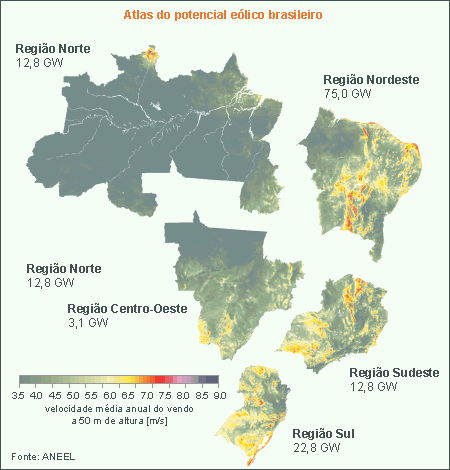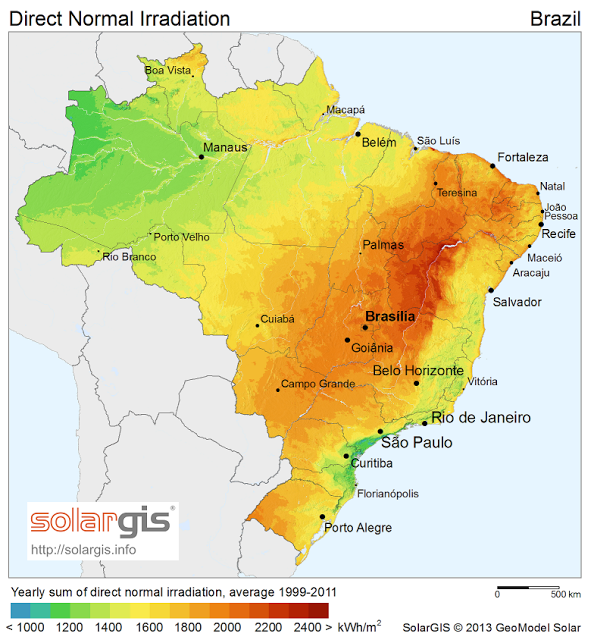In 2005, the Le Haut des Ailes wind farm in the departments of Moselle and Meurthe-et-Moselle (eastern France) was France’s first wind farm to be developed according to the cooperative ownership model permitting local and regional investment in renewable energy projects.
On the strength of this initial success, GDF SUEZ has further developed the cooperative model at other French wind farms over the past ten years. The Group is now considering a case-by-case cooperative approach, based on the needs of the local population, the region, and its particular technical, economic and energy conditions.
The Le Haut des Ailes Wind Farm: Key Figures
2005: Commissioning with 16 turbines (32 MW), France’s largest wind farm at the time
• 98 local shareholders invested a total of €1.2 million (of the €29 million project cost).
• Guaranteed return on investment: 7% over 12 years.
• Project completed in 2 years.
2008: Plant expansion with 6 new turbines
• 79 additional local shareholders invested €760,000 (of the €15.2 million total).
• Guaranteed return on investment: 5% over 12 years.
The Le Haut des Ailes wind plant: a first in local ownership
Developed and processed in just two years, the Le Haut des Ailes wind farm was the first in France to open a percentage of its capital to local investors under an S.A.S. (Société par Actions Simplifiée, joint stock company) associating GDF SUEZ with 98 local and regional investors who were themselves organized in an S.A.S. à capital variable (open stock company). Unique at the time, the model owes its success to the concrete response of local investors and heightened community involvement, resulting in improved project acceptability. The formula was so successful that, when the plant was expanded in 2008, the agreement was renewed, giving 79 new local shareholders the opportunity to invest in wind power.
Since commissioning, the farm has created 7 jobs locally to educate the public about wind power and renewable energies (site visits, exhibitions, interpretive trail, etc.).
A model for other cooperative wind ventures.
The Le Haut des Ailes wind farm has served as a model not only for GDF SUEZ, but also for the entire sector. Inspired by this innovative driver of local economies, the Group has since developed various cooperative wind farm models in the context of other projects:
• Local share ownership: The Mont de Bézard wind project in the departments of Aube and Marne (northeastern France) is a 12-turbine, 22-MW facility. Based on a model similar to that of Le Haut des Ailes, the project was supported by 80 local shareholders, who invested €2.3 million (of the total project cost of €25 million) at an annual rate of return of 6% over 12 years.
• Compensation protocol: The Hauts Pays wind farm (department of Haute-Marne, northeastern France) is a 78 MW facility, the most powerful operated by GDF SUEZ in France. For this plant, GDF SUEZ established a specific compensation protocol for 180 property owners and farmers. The mechanism provides for the equitable and transparent distribution of all compensation to property owners according to a set of collectively approved criteria.
• Société d’Economie Mixte (SEM: semipublic corporation): Following a call for projects launched by the communes of the Pays Audunois (department of Meurthe-et-Moselle) in 2010, GDF SUEZ was selected as technical partner by local governments to develop a renewable energy project. To this end, the semipublic corporation SODEGER Haut Lorraine was created in July 2011. In addition to developing, financing, building and operating renewable energy projects, this corporation has a public interest mission: raising awareness about renewable energies and energy economies. The General Council of Meurthe-et-Moselle and the Lorraine Region supported this initiative on the part of local governments and underwrote the SEM’s capital increase in 2013. The prefecture awarded permits for a 7-turbine wind project (16.8 MW in 2014. The first wind turbines should be up and running by 2019.
• Crowdfunding: Projects in the development stage. The Group intends to explore this new funding model. This new funding mechanism is developing quickly, fueled by the Internet and social media.
























